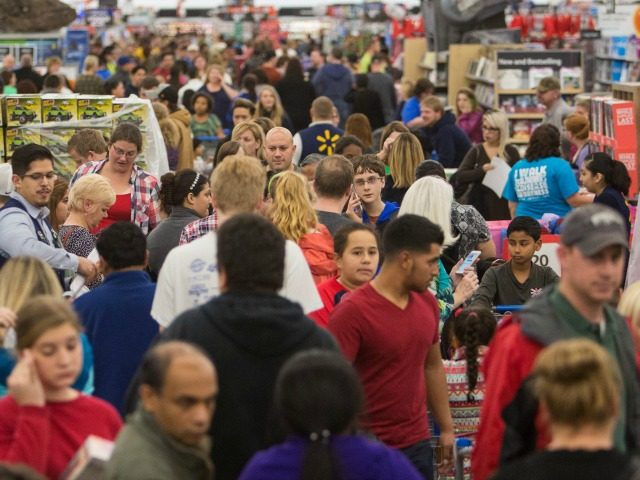People from Afghanistan, Vietnam and West African countries are the most likely to overstay their tourist visas or work visas, but visitors from the Vatican and North Korea apparently have perfect records of returning home on time, according to a new federal report.
The report, titled “Fiscal Year 2016 Entry / Exit Overstay Report,” showed that 544,676 foreigners remained in the United States on January 10 even though their visas had expired between September 2015 and October of 2016. Their overstays converted them from legal visitors into illegal immigrants alongside the roughly 11 million illegal immigrants who are part of the United States’ consumer economy and labor market.
The year’s overstay rate was just above 1 percent of the 50.4 million people who arrived in fiscal 2015.
The best performing countries were the Vatican, North Korea and the Solomon Islands in the Pacific, all of whose nationals returned home on time.
But some countries’ visitors and some categories of visitors were far more likely to overstay.
Almost 2.9 million Mexican arrived, but 42,114 overstayed until at least January, at a rate of 1.45 percent, said the report.
The worst performer among modern, first-world countries was Hungary, where 1,841 people overstayed, at a rate of 2.23 percent. In comparison, only 2,177 Irish overstayed, giving the Irish an overstay rate of 0.45 percent, slightly below the average developed country rate of 0.6 percent.
The overstay rate was far higher among developing countries that have been kept out of the federal “Visa Waiver Program,” which allows visa-free travel to the United States. Almost 2 percent of visitors from those countries — or 263,470 people — did not return home by mid-January, according to the report.
Almost 14 percent of Afghans, or Afghans, or 291 people out of 2,123 did not leave the United States by mid-January. People from Bhutan, a landlocked nation between China and India, had one of the worst overstay rates, at 25 percent, or 99 people out of 394 visitors.
African countries performed poorly. Burundi’s rate was 14 percent, Burkina Faso had a rate of 25 percent, Chad’s rate was 16.5 percent, Liberia’s rate was 17.4 percent and Djibouti had a 25 percent rate of overstay, although few people from those countries were allowed into the United States.
But business travelers and visa workers — such as white-collar H-1Bs and blue-collar H-2Bs — were less likely to return home than tourists. Their overall overstay rate was almost 2.1 percent, or 13,504 of 1,427,188 of the contract workers, athletes, and business travelers who visited the United States. These overstays included 5,649 Indians, 5,552 Phillipinos, and 752 Vietnamese, with respective overstay rates of 1.67 percent, 25.5 percent, and 27.6 percent.
Foreign students were even worse, because 40,949 foreign students, amounting to 5.4 percent of the students whose visas expired, remained in the United States until January, according to the agency. Their ranks included 11 percent of students from Bangladesh, 47 percent of students from Burkina Faso, 37 percent of students from Chad and 40 percent of students from the Congo.
The report was released as part of an effort by President Donald Trump to develop a better “entry/exit system” that would allow immigration officials to quickly identify, overstaying visitors so they can quickly be sent home.

COMMENTS
Please let us know if you're having issues with commenting.